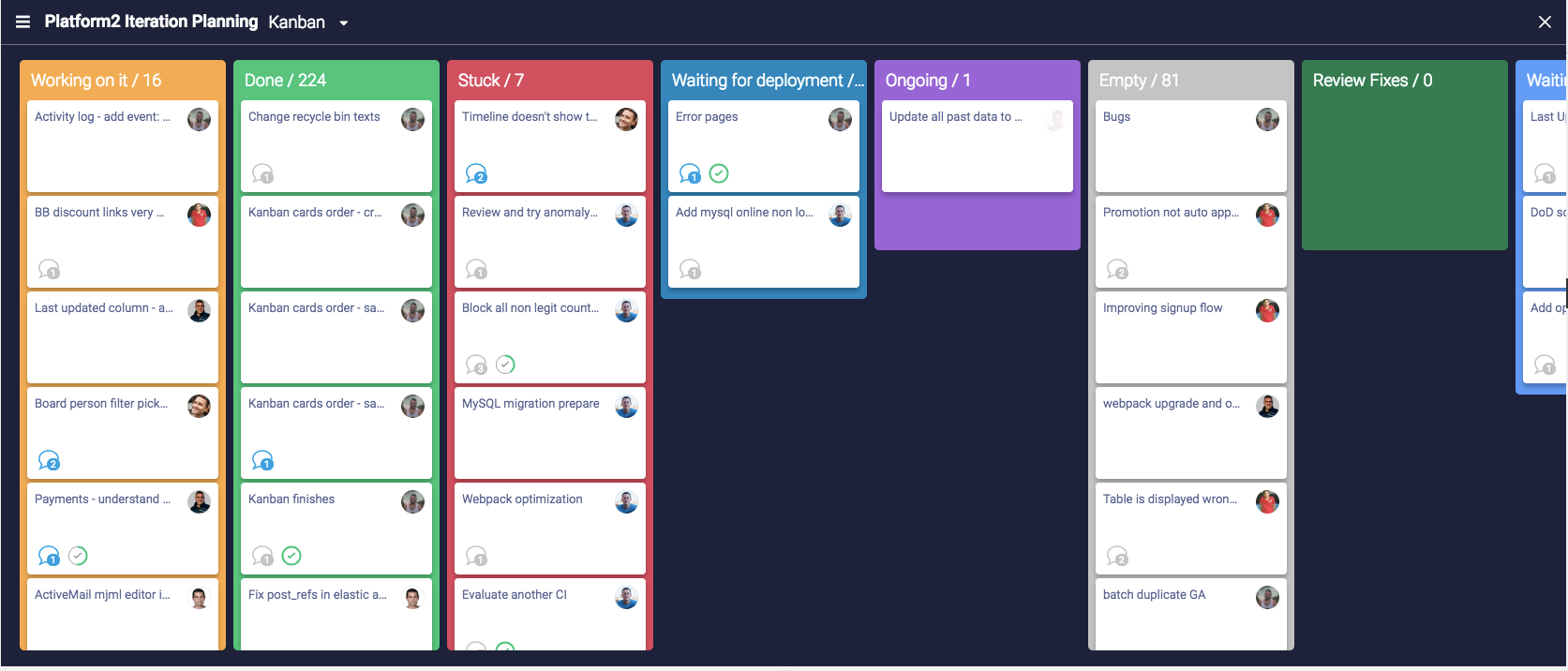According to Gartner, Digital Transformation is one of THE hottest topics right now.
In a recent Gartner survey, 62% of CEOs said they have an initiative in place to make their organizations more “digital.” To support their customer engagement, businesses need to primarily solve three issues:
- How to handle suddenly spiking demands and demand volatility cost-effectively,
- How to support a much greater variety of product and services reliably, and
- How to quickly adapt to changes in customer tastes and demands when it comes to product features and/or channel.

The success of your Digital Transformation essentially comes down to volume, scope, and agility — by creating a holistic, innovative strategy and developing a methodology for relentless execution. Many enterprises have looked at already proven Agile Development methods, such as Lean Software Development (LSD), SCRUM, and Kanban, to achieve this.
Since these terms are often used interchangeably or incorrectly, I want to take a second to pick them apart and define them as a frame of reference before we jump into Agile more.
- Agile Software Development is a project management framework traditionally created for software development, but it can be used in other contexts as well, e.g., in IT Planning and Evergreen IT Management. It serves as an umbrella term for the overall methodology and specific methods within Agile, such as SCRUM, Kanban, and LSD. It was originally based on insights from Lean Manufacturing and organizational learning, but was “codified” by 17 software developers in 2001 as the Manifesto for Agile Software Development.
- SCRUM is an agile software development framework, including processes and methodologies. Compared to other Agile methods, SCRUM is known to focus primarily on people.
- Lean Software Development is an agile method that focuses on eliminating waste and improving the process flow. As the name suggests, its origins are in Lean Manufacturing but the concept has since been adapted to software development.
- Kanban is probably the most useful Agile method for IT planning and Evergreen IT management as it visualizes continuous flows rather than iterations. It can accommodate, but it does not require, cross-functional teams.
Agile IT Planning & Evergreen IT Management
Because organizations are embracing Agile to drive their Digital Transformation initiatives, they are often forcing IT departments to move to Agile as well. But since Agile is a software development framework, many IT teams are struggling to adapt it to their needs.
If you find yourself in this situation, remember that Agile Software Development has its roots in organizational learning and Lean Manufacturing — so peel it back to the basic agile concepts and use them in your context. For example, you can create work backlogs and plan weekly sprints to complete tasks and utilize daily stand-up meetings and visualization on whiteboards or adequate online tools, like Trello or Monday.com.

[Image Credit: Monday.com]
3-Day Robotic Processing Automation Workshop To Kick-Start Your Agile IT Management
Unfortunately, we see a lot of our clients struggle with this, which prompted us to create a quick 3-day workshop to help you tackle this.
Drawing from our extensive industry expertise helping dozens of multi-national financial institutions and other large organizations automate their application packaging and testing as well as their endpoint management, we will:
- Do a comprehensive business process efficiency review of your manual tasks and processes relating to your help desk, first/second line of support, as well as application packaging and testing for Windows 10,
- Test your relevant applications for platform suitability to determine potential end-user platform suitability, e.g., virtualization, for maximum performance, stability, and health, and
- Create a detailed and actionable roadmap to reducing those manual tasks with the goal to drastically reduce/avoid support tickets, accelerate application packaging & testing, and more.
After the information gathering, we create an extensive work backlog and actionable sprints documented, organized, and visualized in a Kanban board. This jointly-created and meaningful template allows you to tackle low-hanging fruit as well as long-term initiatives faster, with greater cost-effectiveness, and in a way your stakeholders can understand and appreciate the how, who, and when.